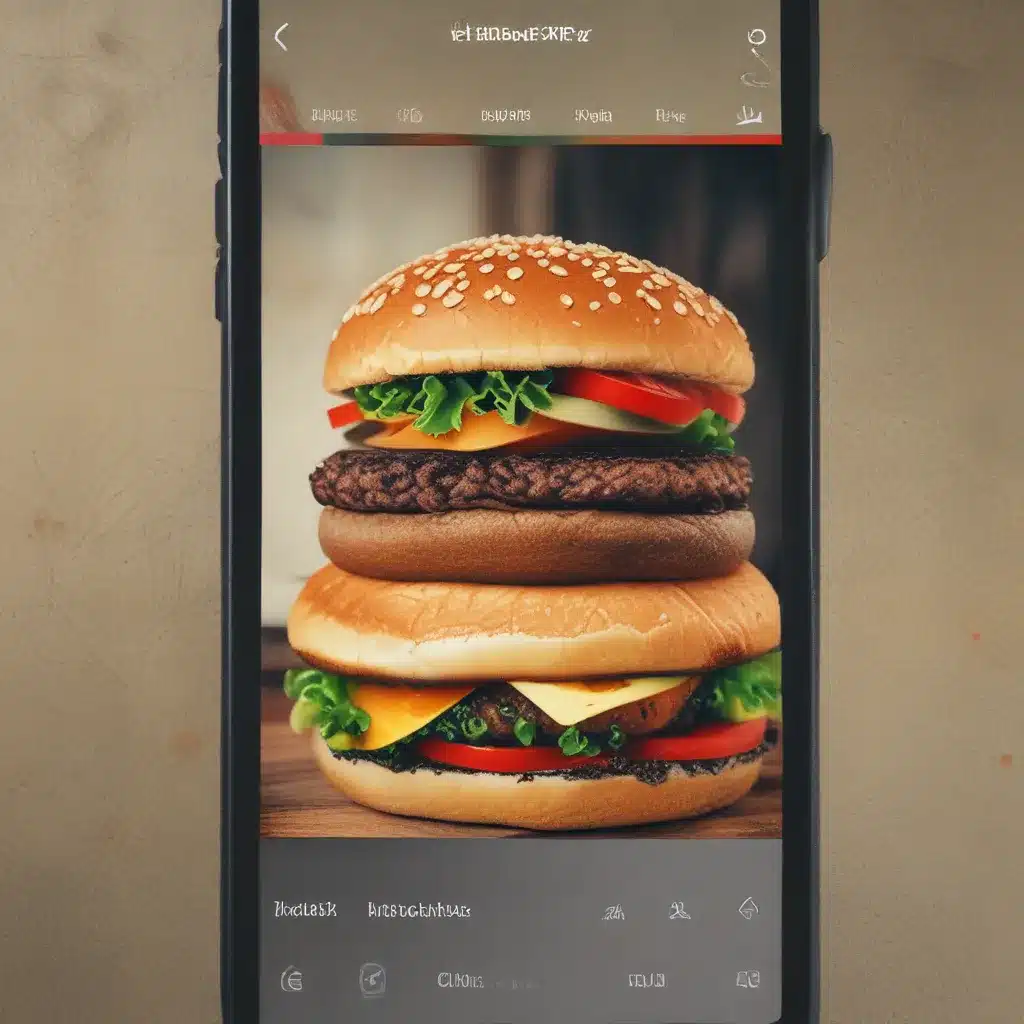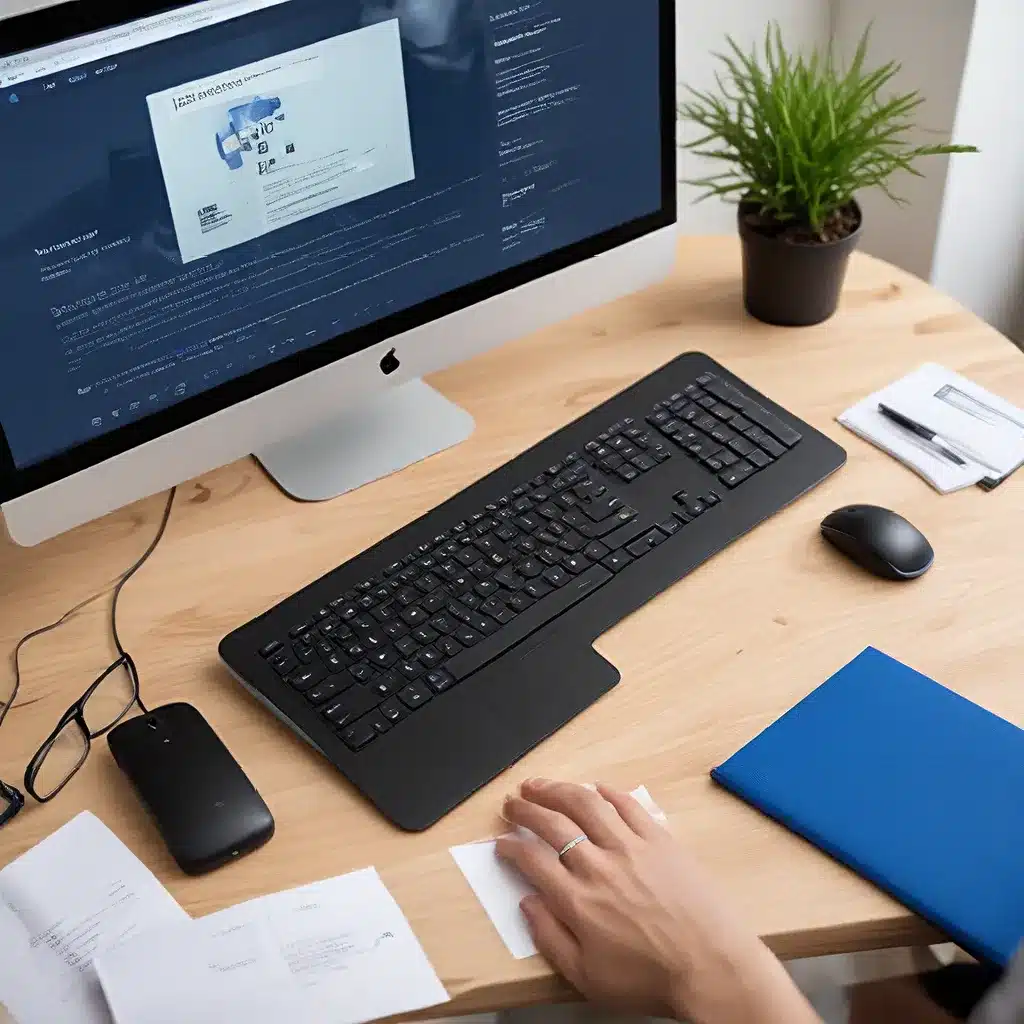
In the ever-evolving world of web design, responsive design and dark mode have become increasingly important considerations for creating engaging and user-friendly websites. As more and more users access the internet on a variety of devices, from smartphones to desktops, the ability to seamlessly adapt your website’s layout and appearance is crucial for providing a positive user experience.
The Rise of Responsive Web Design
Responsive web design is a design approach that ensures your website can adapt to different screen sizes and devices. By using flexible layouts, media queries, and fluid grids, responsive design allows your website to adjust its content, structure, and visual elements to provide an optimal viewing and interaction experience for the user.
One of the key benefits of responsive design is that it helps you reach a wider audience. In today’s digital landscape, mobile devices account for a significant portion of web traffic, and users expect a seamless experience regardless of the device they’re using. A non-responsive website can lead to frustration and high bounce rates, as users struggle to navigate and interact with the content.
Responsive design also plays a crucial role in search engine optimization (SEO). In 2015, Google started considering website responsiveness as a ranking factor, and this trend has only continued to grow. Websites that are not optimized for mobile devices are less likely to rank highly in search engine results, which can have a significant impact on your online visibility and the success of your digital marketing efforts.
Embracing Dark Mode
Alongside the rise of responsive design, another trend that has gained significant traction in recent years is the emergence of dark mode. Dark mode, also known as night mode or dark theme, is a design feature that allows users to switch the visual appearance of a website or application from a light background with dark text to a dark background with light text.
The popularity of dark mode can be attributed to several factors:
-
Improved Readability and Reduced Eye Strain: In dimly lit environments or during nighttime hours, a dark mode can be easier on the eyes and reduce eye strain, especially for users who spend extended periods of time on digital screens.
-
Battery Life Optimization: On devices with OLED or AMOLED displays, dark mode can significantly improve battery life by reducing the amount of power required to display the screen content.
-
Aesthetic Preferences: Many users simply prefer the sleek, modern look and feel of a dark-themed interface, which can create a more immersive and visually appealing experience.
Implementing dark mode in your website design can be a valuable addition, as it demonstrates your commitment to providing a tailored user experience and accommodating the diverse preferences of your audience.
Designing Responsive and Dark-Themed Websites
When it comes to designing responsive and dark-themed websites, there are several key considerations and best practices to keep in mind:
Mobile-First Approach
Adopting a mobile-first design philosophy is crucial for creating responsive websites. By prioritizing the mobile experience and then scaling up the design for larger screens, you can ensure that your website is optimized for the growing number of mobile users.
Typography and Legibility
Maintaining readability and legibility is essential, especially when transitioning between light and dark modes. Opt for clear, high-contrast typography that is easy to read on both light and dark backgrounds. Consider using larger font sizes and generous line spacing to enhance readability on smaller screens.
Responsive Images and Media
Dynamically scaling and optimizing images and other media content is a critical component of responsive design. Techniques like responsive images can help minimize data usage and improve loading times, which is particularly important for mobile users.
Flexible Layout Techniques
Utilizing modern CSS layout techniques, such as CSS Grid and Flexbox, can greatly simplify the creation of responsive and adaptable website layouts. These tools provide powerful and flexible ways to organize and position content on the page, ensuring a seamless experience across various screen sizes.
Dark Mode Integration
When implementing dark mode, ensure a cohesive and visually appealing transition between light and dark themes. Carefully select color palettes, typography, and interface elements that work well in both modes. Avoid harsh contrasts or overly bright elements that may strain the user’s eyes in low-light conditions.
Offline and Hybrid Experiences
As the digital landscape continues to evolve, designing websites that integrate online and offline experiences is becoming increasingly important. This could include features like offline content access, cached data, and progressive web app (PWA) capabilities, allowing users to engage with your website even in areas with limited or no internet connectivity.
Paralax Scrolling and Animations
Incorporating subtle, dynamic effects like parallax scrolling can enhance the user experience and create a sense of depth and interactivity on your website. However, it’s crucial to strike a balance between these visual enhancements and overall performance, as excessive animations or complex layouts can negatively impact page load times and mobile usability.
Artificial Intelligence and Personalization
The integration of artificial intelligence (AI) technologies is an emerging trend in responsive web design. AI can be leveraged to analyze user behavior, personalize content, and optimize website performance, ultimately enhancing the overall user experience.
The Cost of Responsive Web Design
When it comes to the cost of implementing responsive web design, there is no one-size-fits-all answer. The final costs will depend on various factors, including the complexity of the project, the chosen technologies and tools, the level of customization required, and the ongoing maintenance and updates.
Investing in responsive web design should be seen as a strategic business decision, as it can have a significant impact on your online presence, user engagement, and ultimately, your revenue. While the initial investment may be higher, the long-term benefits of a responsive and user-friendly website often outweigh the costs.
It’s important to work closely with your web design and development team to understand the specific requirements of your project and to create a realistic budget that takes into account the various aspects of responsive web design, including:
- Design and Development: The cost of designing and implementing a responsive layout, including the creation of flexible grids, media queries, and responsive images.
- Ongoing Maintenance: The resources required to maintain and update the responsive website, including content updates, bug fixes, and responsive design adjustments.
- Testing and Optimization: The time and effort needed to thoroughly test the website on multiple devices and screen sizes, as well as optimize performance and user experience.
By having a clear understanding of the scope and requirements of your responsive web design project, you can create a well-informed budget and ensure that your investment in a user-friendly and adaptable website pays off in the long run.
Staying Ahead of the Curve
As the web design landscape continues to evolve, it’s essential for professionals in the industry to stay up-to-date with the latest trends and best practices in responsive design and dark mode implementation.
Web designers and developers must constantly keep their finger on the pulse of emerging technologies, user preferences, and Google’s algorithm updates. By maintaining a deep understanding of the ever-changing needs and expectations of website users, they can create truly exceptional and future-proof digital experiences.
Embracing a mobile-first approach, leveraging cutting-edge layout techniques, and seamlessly integrating dark mode functionality are just a few of the strategies that can help web design professionals stand out in a competitive market. Additionally, exploring the potential of AI-powered personalization and offline/hybrid experiences can further enhance the user experience and drive better engagement and conversion rates.
Ultimately, the world of web design is dynamic and constantly evolving. By staying ahead of the curve and continuously refining their skills and knowledge, web design professionals can position themselves and their clients for long-term success in the digital landscape.




